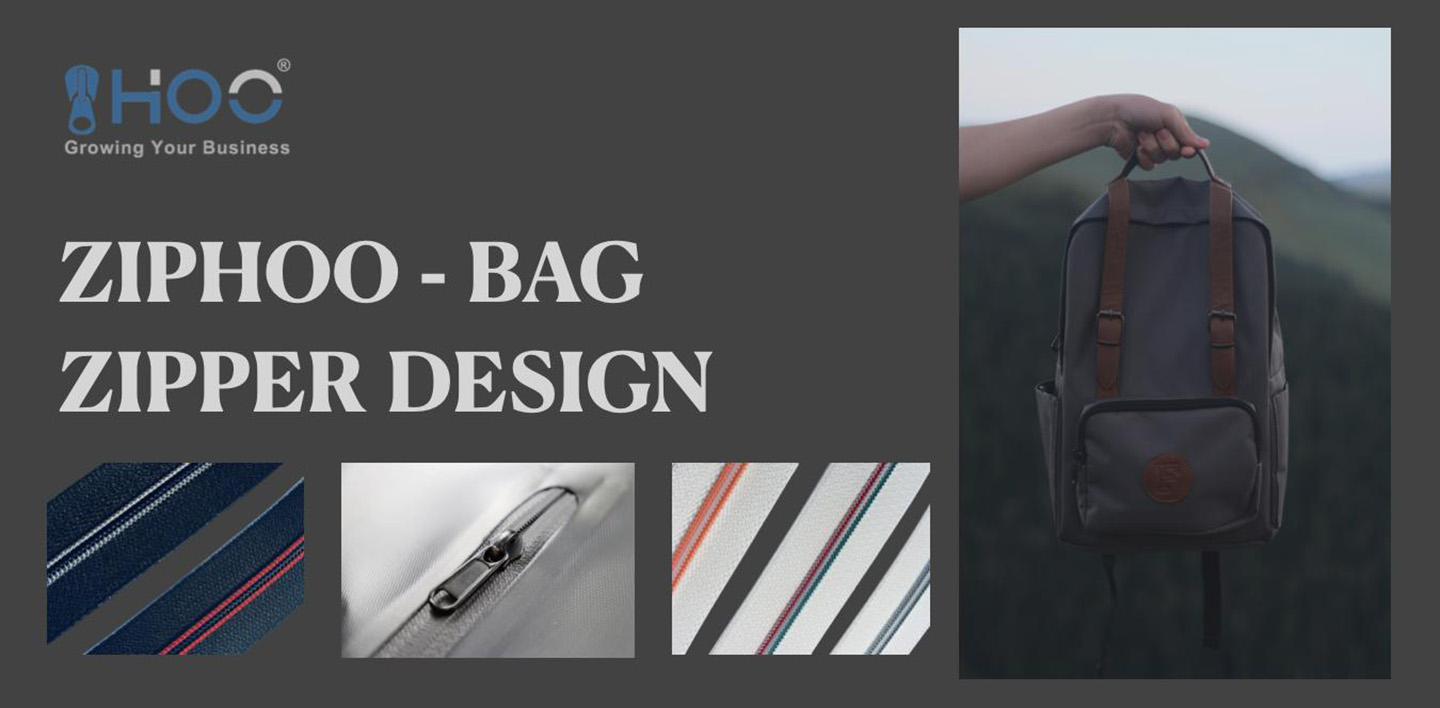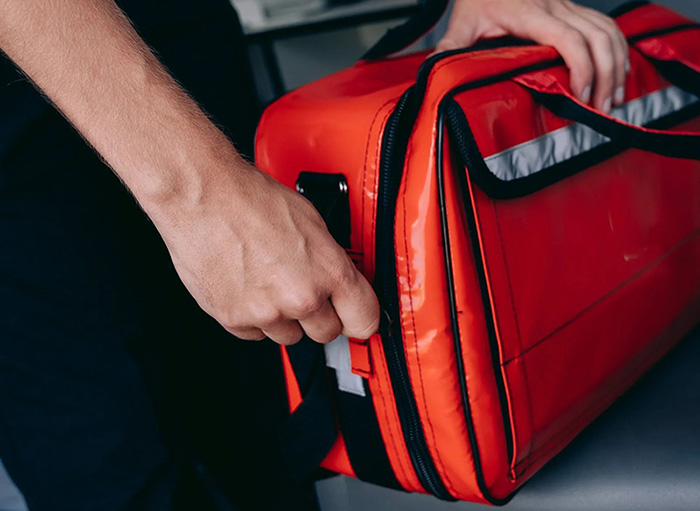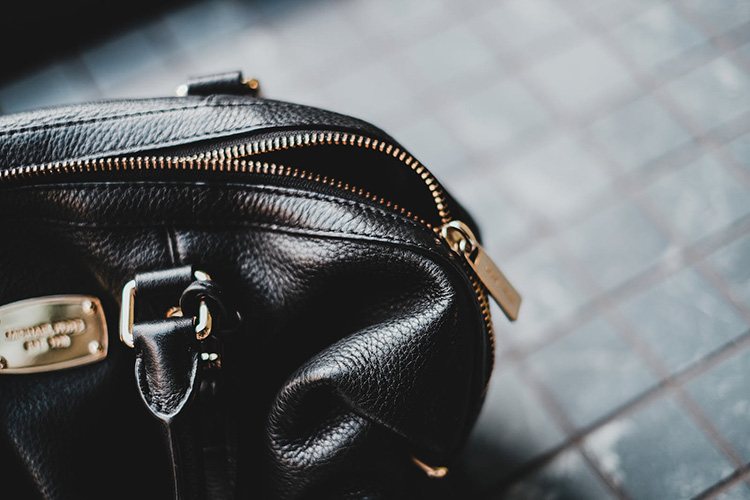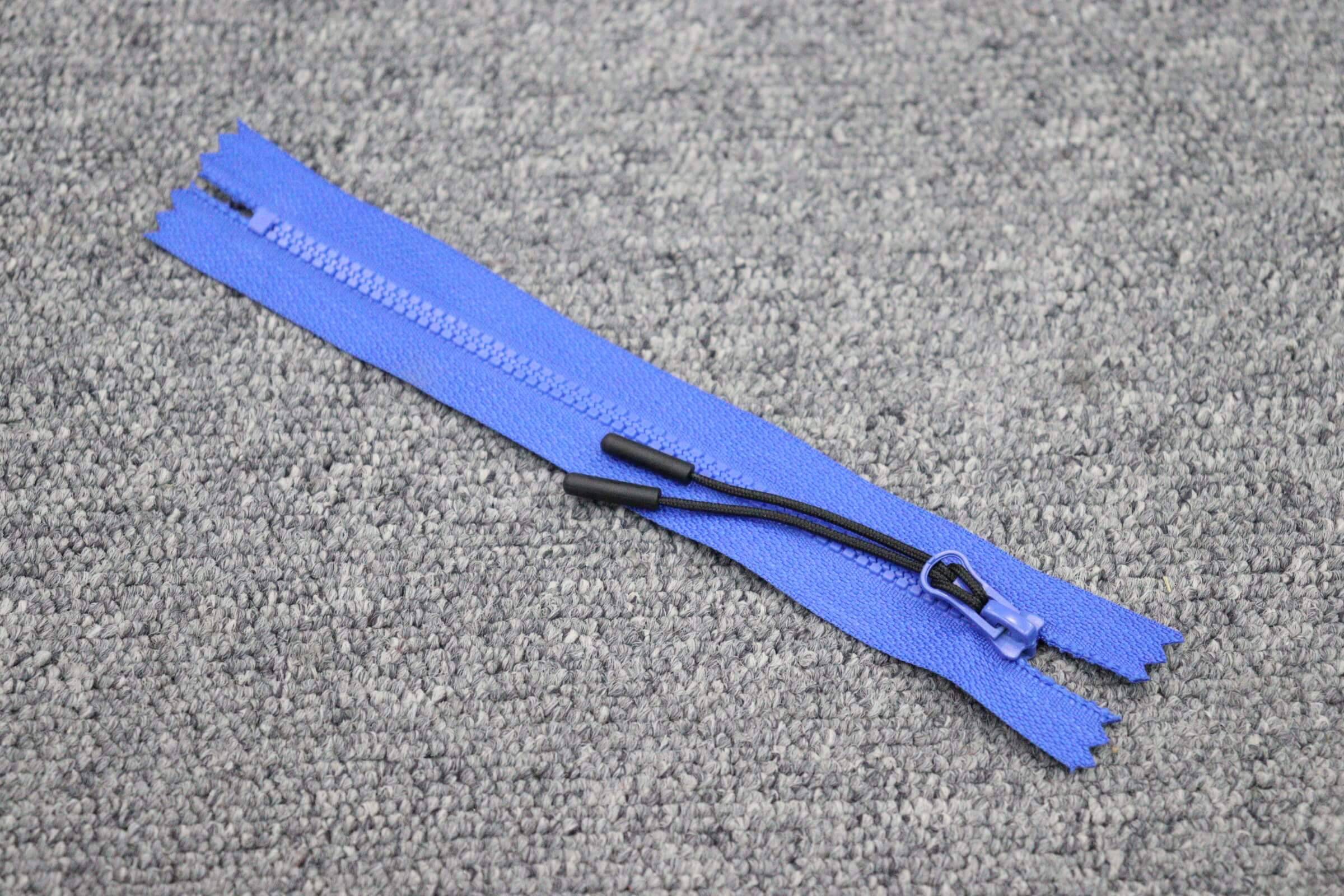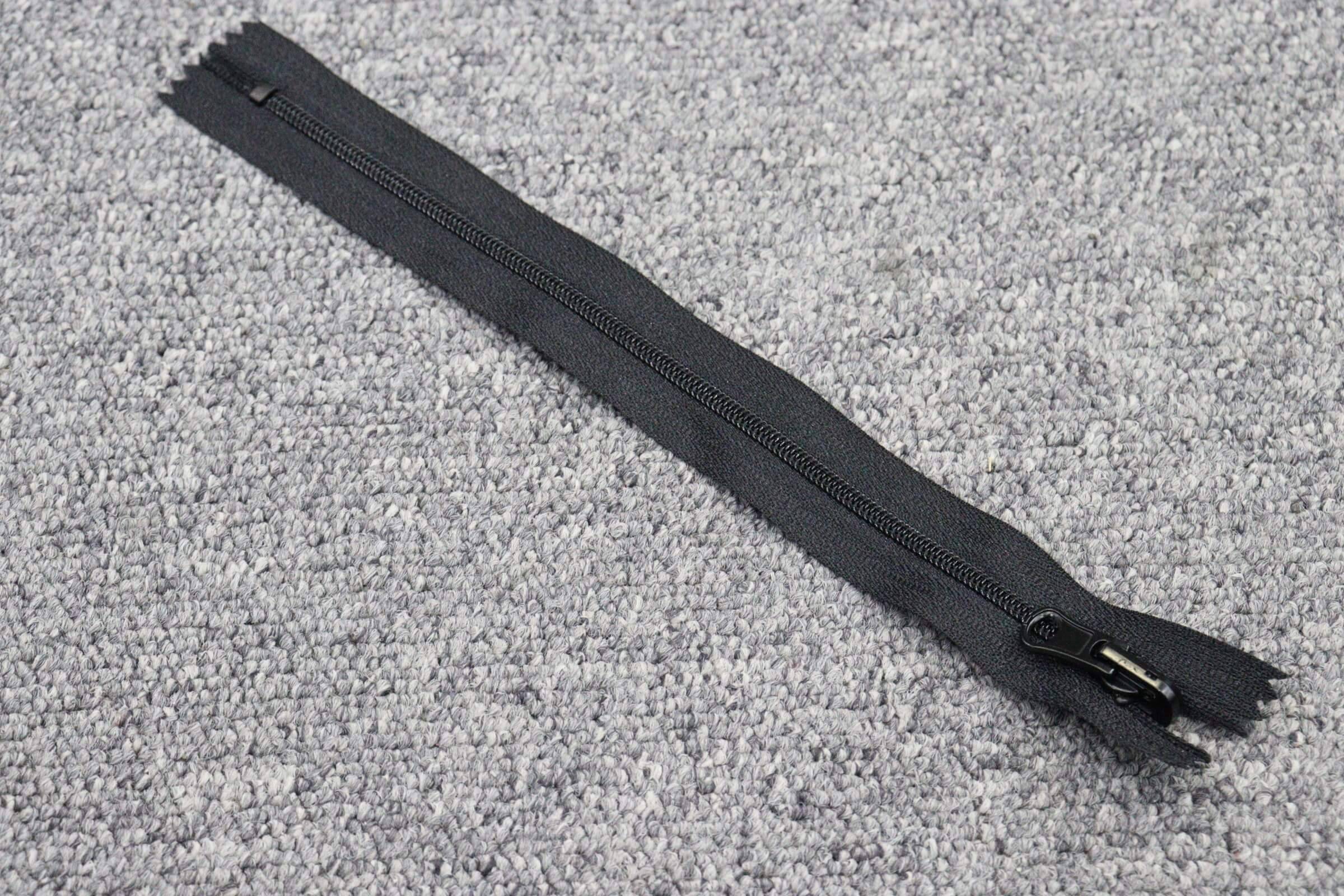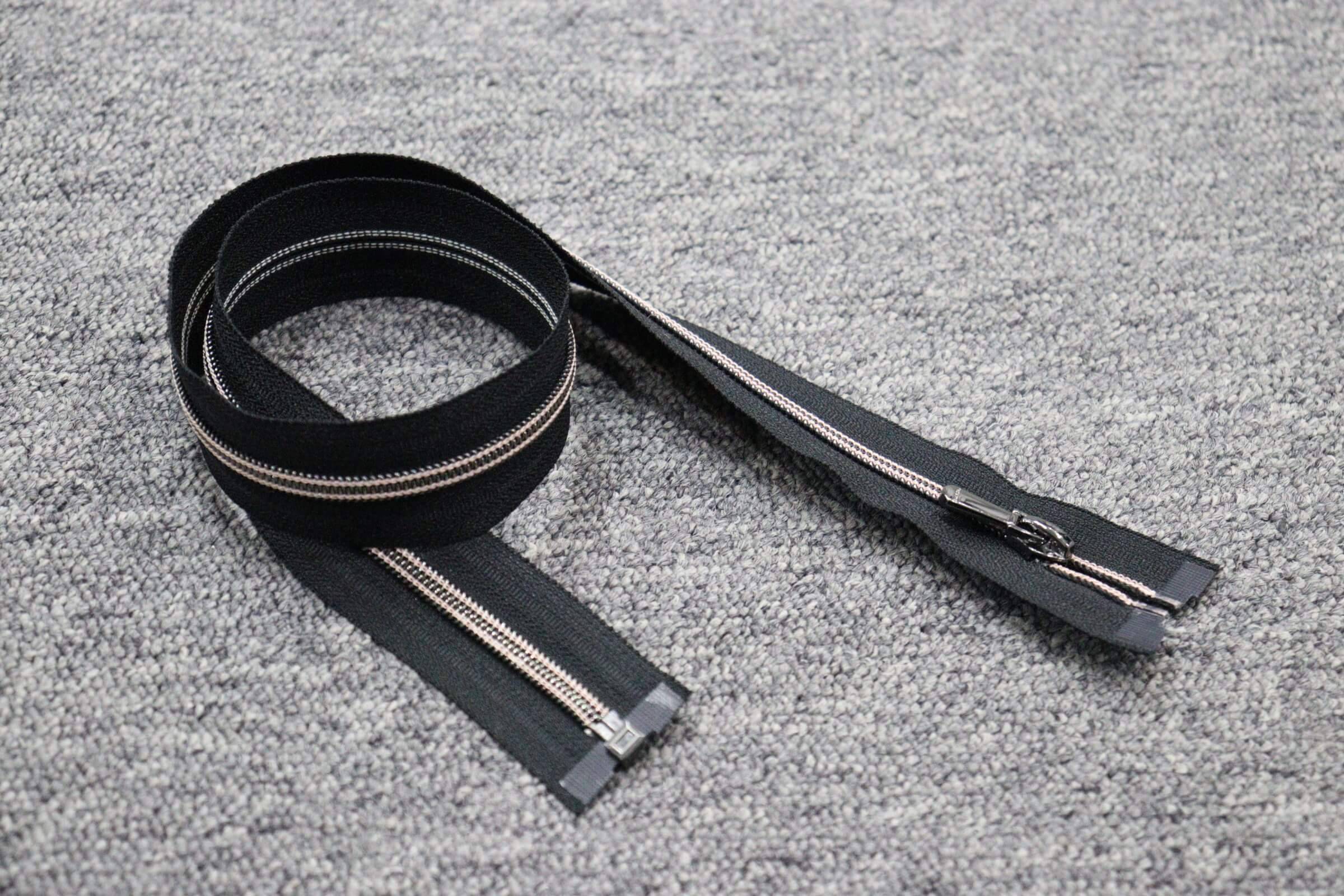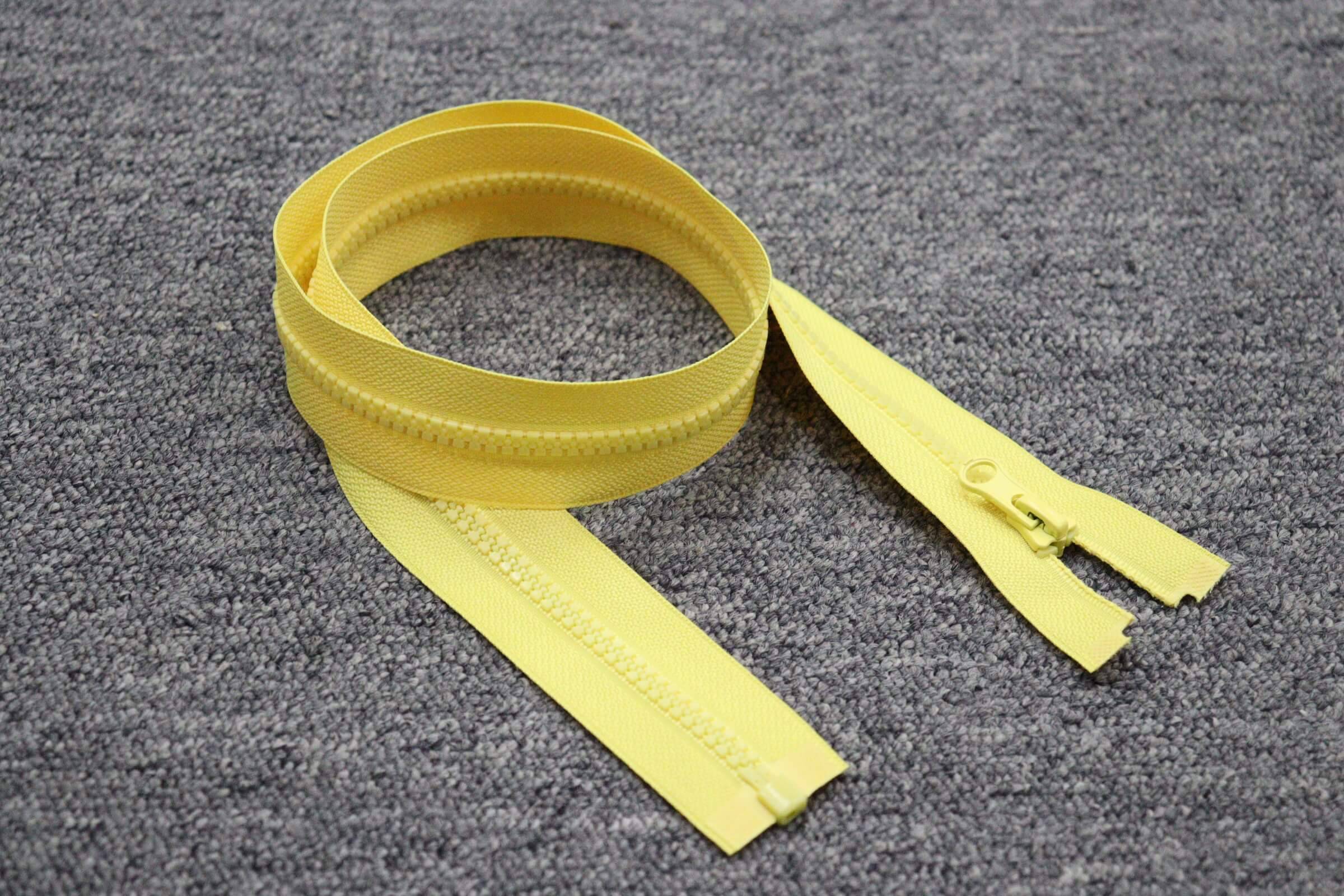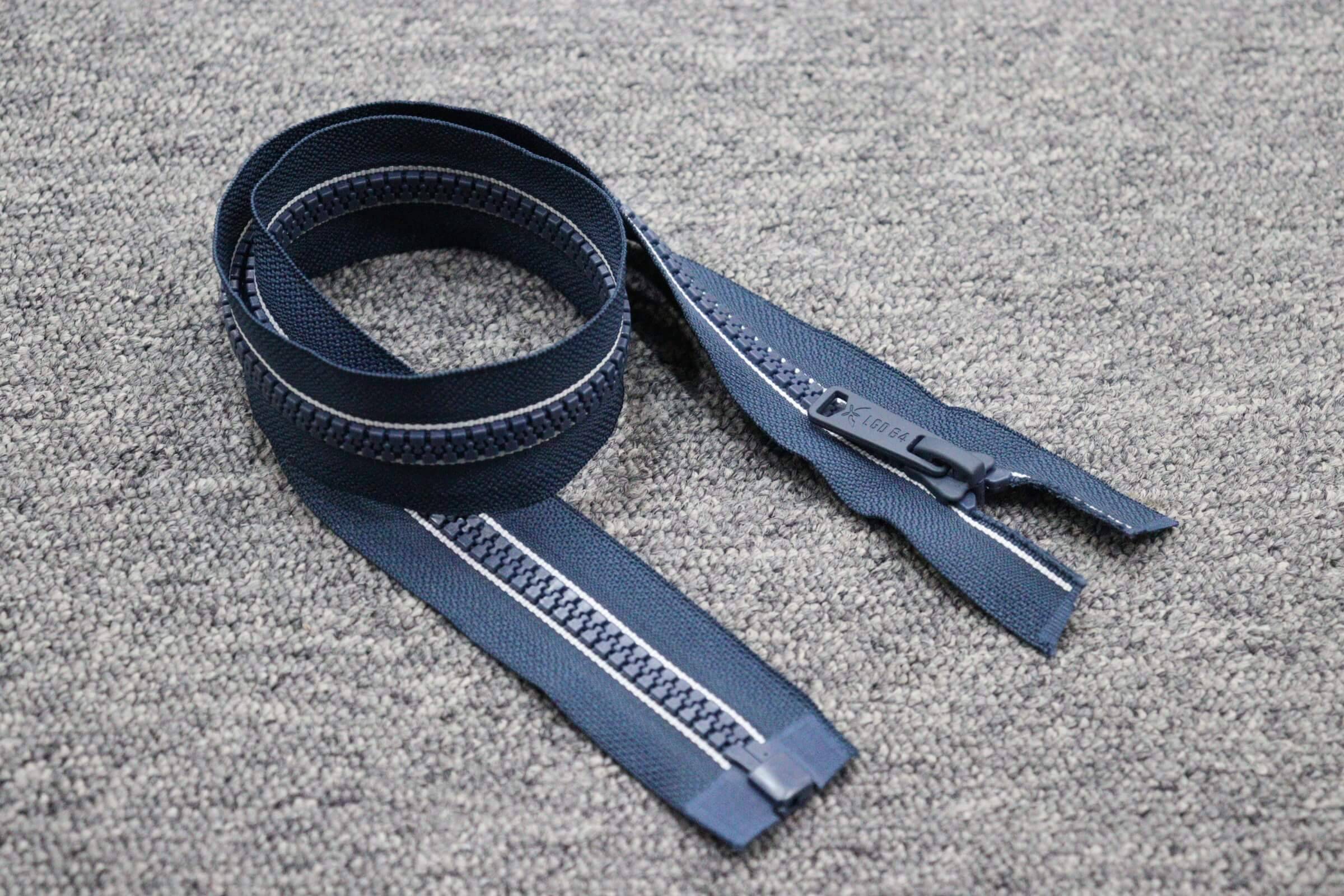ZIPHOO-BAG ZIPPER DESIGN
Many different types of zippers are used on backpacks, tents, and outdoor clothing. Clothing frequently has plastic zippers , which are molded plastic. Two coils that resemble teeth are attached to separate sections of zipper tape in coil zippers. Because coil zippers are flexible and can flow over a curved seam or shape, they are primarily utilized on backpacks and tents. The two different sides of the teeth are forced together or apart using a metal slider.
Due to its malleability, coil zippers can be bent into many shapes, such as the curved door of a rainbow tent or the contour of a backpack pocket. In order to accommodate the little particles without jamming or ripping apart, the coil will gently flex when zipping or unzipping when sand gets caught in it. The primary use of coil zippers in outdoor items like tents and backpacks is due to its malleability or "self-healing" quality. However, malleability has a limit, and coil zippers can malfunction in a number of different ways.Below I discuss the best applications for different zipper sizes, different coil zipper types, how to maintain them, and how they can fail.
Zipper Sizes
You will likely find a number indicating the zipper size if you look on the end or the rear of the zipper slider that is closest to you. The designations (#3, #5, #8, and so on) are based on an approximation of the width of the coil's two sides when the teeth are locked together and the zipper is closed.
A newer #5 zipper might say "#5CN" or #5NO on the slider, whereas an older #5 zipper may show "#5C" due to size changes over time. Despite the fact that they are all quite similar in size, they are not the same and cannot coexist. But don't worry, you only need to be aware of these peculiarities while replacing a slider.
The most crucial information is that the most typical zipper sizes on tents and backpacks are #3, #4.5, #5, #8, and #10. The zipper will be heavier the higher the number. Higher stress closures, like tent fly doors, frequently require a heavier zipper, like a #5 or #8, whereas lower tension closures, like the insect netting on tent doors, may frequently get away with a #3 coil zipper . When manufacturers employ tiny zippers for high-tension applications, issues occur.
Separating vs Non-separating Zippers
Separating zippers are frequently encountered on clothing and mummy bags. They enable a sleeping bag or jacket's two sides to entirely separate.
On the other hand, non-separating zippers are held together at one or both ends by sewing, preventing full separation. They are commonly utilized as tent fly doors.
The picture above uses a metal zipper on the bag
How to Clean and Maintain Zippers
Cleaning zippers frequently is a good practice, especially when camping in sandy places because they have a tendency to trap sand and other small material between the teeth. Sand has the ability to clog zippers to the point that the slider won't move up and down the coil. Additionally, it can prevent the teeth from fully uniting, allowing them to separate under light stress.
Debris entangled in the coil over time may corrode the metal slider. Although it seems contradictory, the plastic of the coil will wear down far more quickly than the metal of the slider. This is because the coil is bendable, whereas the slider is static. Since each zipper on a tent or backpack has many sliders, those with just one slider will wear out more quickly. The coil will ultimately wear down, with grit dulling the teeth and tearing the thread holding the coil to the tape, but this will take place much later than the slider.

